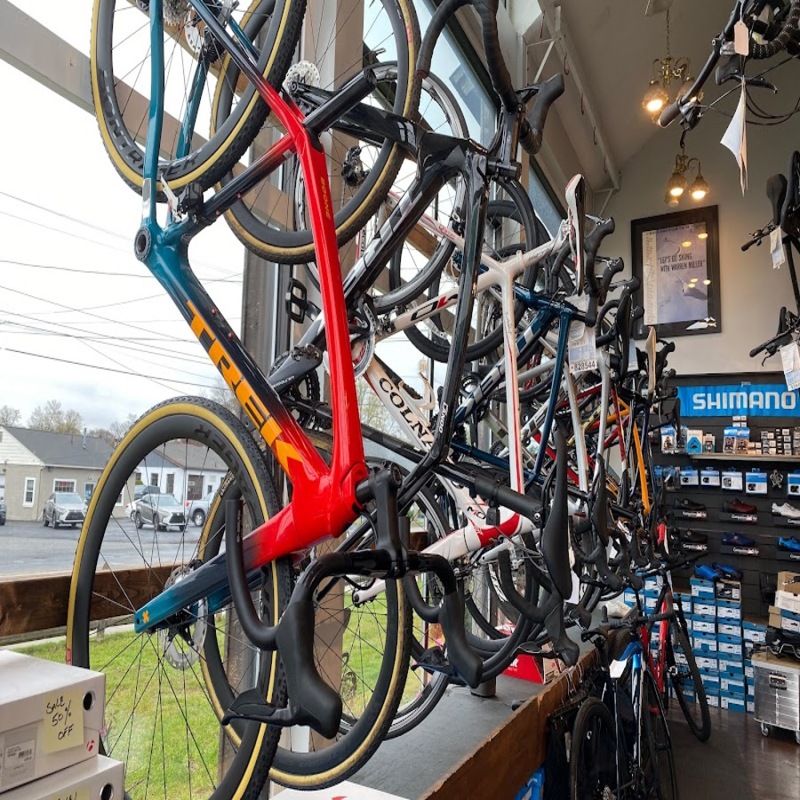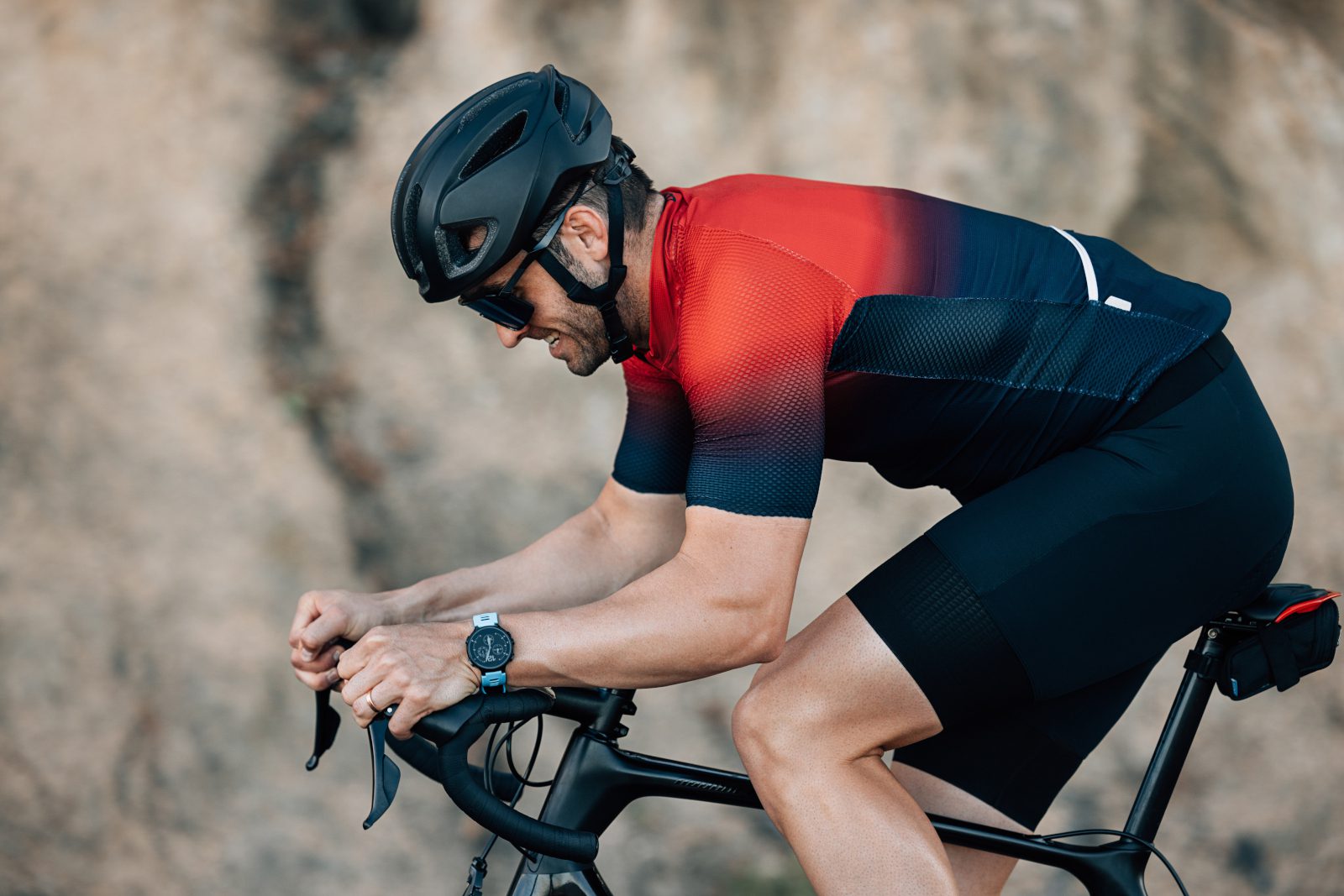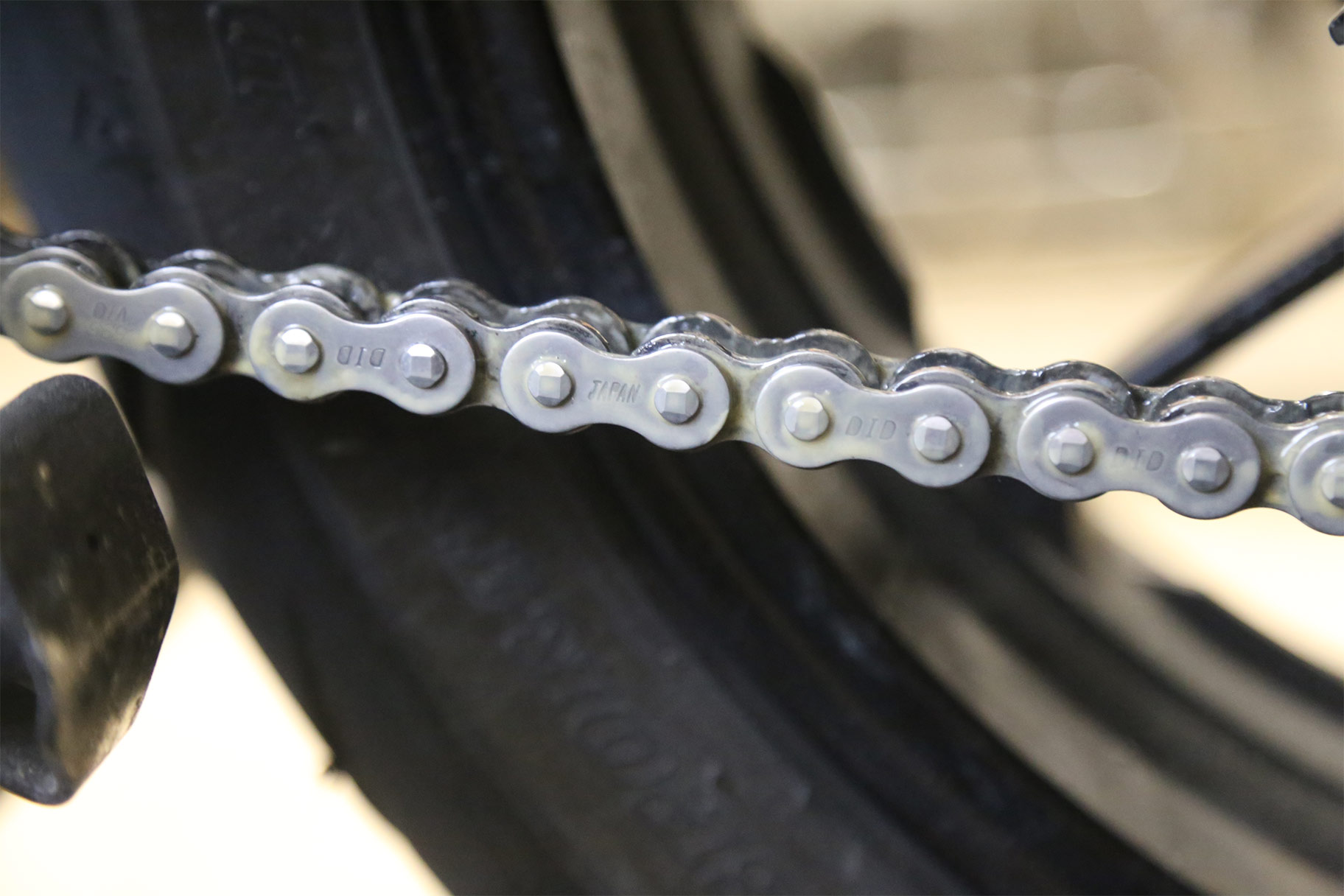Where can i sell my bike for cash? Selling your bike for cash can feel like a daunting task. Many bikers are unsure where to begin. The good news is that various options exist for selling bikes, and many of them are straightforward. Understanding these options can save you time and help you get the best price. Whether you’re looking to upgrade or simply need extra cash, this guide will help you navigate the selling process.
Local Selling Options: Where to Start
When considering selling your bike, local options often provide immediate cash. Many bike sellers prefer local sales due to their straightforward nature. Listed below are two effective methods to explore: classified ads and local bike shops.
Using Classified Ads Effectively
Classified ads can be a highly effective way to sell your bike. Websites like Craigslist and Facebook Marketplace allow you to connect with local buyers. To get started, take clear, high-quality photos of your bike. Capture multiple angles and any special features. Next, write a detailed description, including the make, model, and condition. Be honest about issues, if any, to build trust.
Once your ad is posted, monitor responses closely. Respond promptly to inquiries to maintain buyer interest. If someone expresses interest, arrange a time for them to view your bike. Always meet in a safe, public place for these exchanges. This will ensure your safety and create a secure environment for both parties. Don’t forget to have all required documents, like ownership papers, ready to finalize the sale smoothly.
Visiting Local Bike Shops
Another great option is to approach local bike shops. Many shops buy used bikes or may facilitate consignment sales. You need to contact shops in your area for their buying policies. Each shop has different requirements, so do a bit of research before you visit.
Bring your bike to the shop along with its accessories. Having everything on hand can make the evaluation process quicker. Also, expect the shop to evaluate your bike based on its condition and market demand. If you agree on a price, you can receive cash immediately. If you choose consignment, the shop will sell the bike for you, typically taking a percentage of the final sale price. This option may take longer but can yield a higher return.
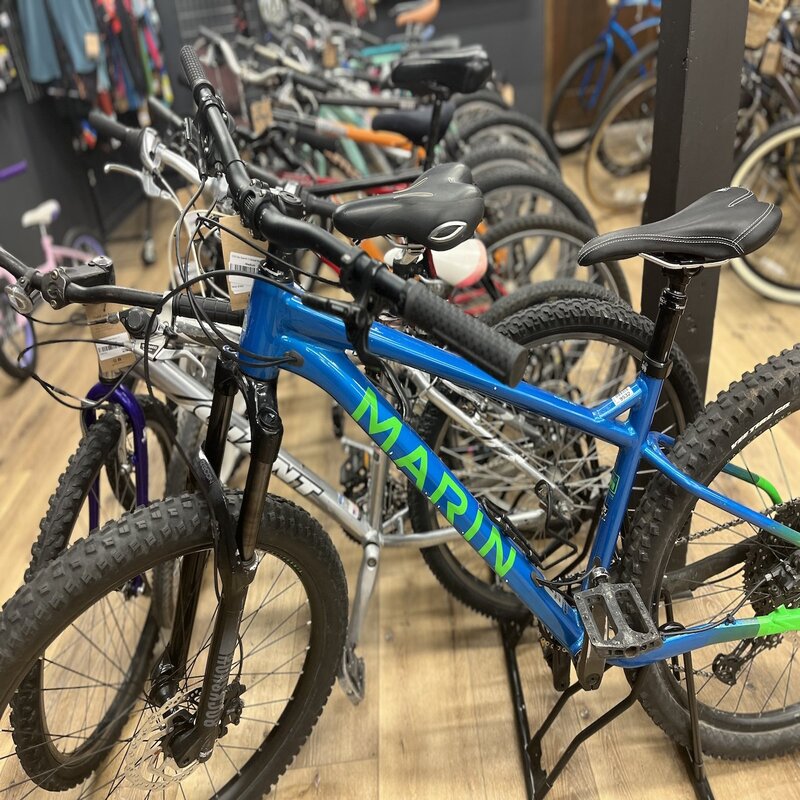
Online Marketplaces: A Wider Audience
Online marketplaces have revolutionized how people sell bikes. They can expand your reach significantly beyond local buyers. While there are many platforms to choose from, a couple stand out in terms of usability and traffic. Let’s explore eBay and specialized bike marketplaces.
Selling on eBay: A Global Opportunity
eBay is a well-known platform with a vast audience. Listing your bike on eBay can expose it to potential buyers worldwide. To get started, create a seller account if you don’t have one. List your bike by selecting an appropriate category and setting a competitive price.
Write a thorough description and include visually appealing images to grab attention. Be transparent about the bike’s condition and history. This builds credibility and can lead to a quicker sale. eBay offers auction-style listings, where buyers can bid. Alternatively, you can set a fixed price if you prefer immediate sales.
Once your bike sells, eBay provides guidance on shipping. You can either drop the bike off at a shipping center or have the buyer pick it up locally. Either way, completing the transaction efficiently is critical. eBay also has seller protections to ensure you get paid securely.
Specialized Bike Marketplaces for Enthusiasts
Specialized bike marketplaces cater to biking enthusiasts, making them ideal for selling higher-end bikes. Websites like The Pro’s Closet and BikeExchange are tailored specifically for bikes. These platforms connect you with a focused audience who knows bikes well.
When using specialized marketplaces, it’s essential to create an enticing listing. Provide as much detail as possible about your bike’s specifications. Include the bike’s frame size, component details, and any upgrades you’ve made. Present the bike in the best light through high-quality images.
These websites typically charge a fee for listing, but they can guide you through the selling process. They may also provide shipping options, simplifying the logistics of the sale. Additionally, they often have buyer-safety features in place, making your sale transaction more secure.
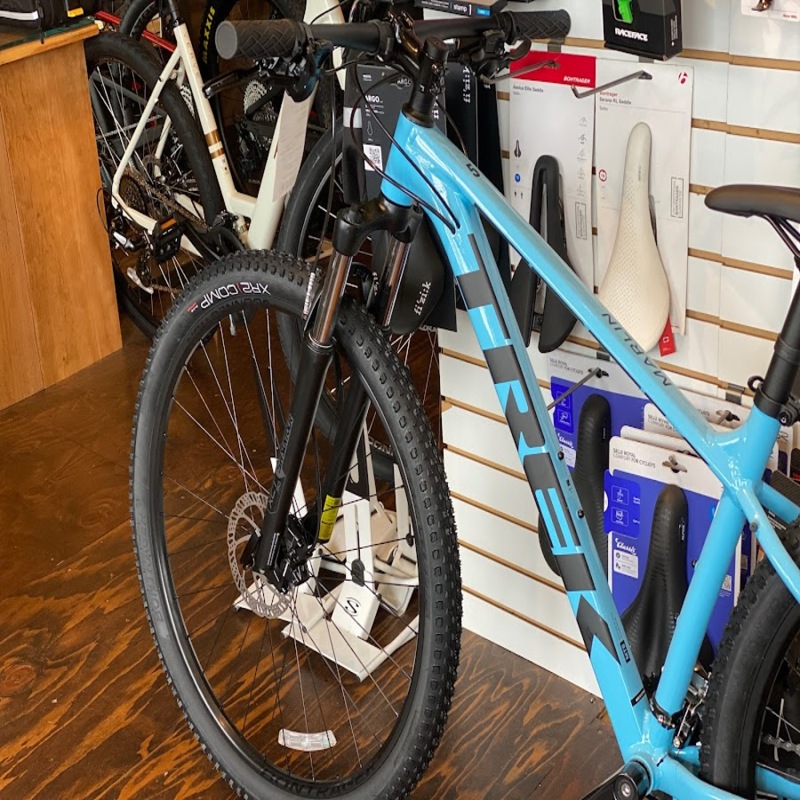
Preparing Your Bike for Sale
Before putting your bike on the market, preparation is crucial. A clean, well-maintained bike attracts more buyers and can command a higher price. Here are two essential aspects to consider: cleaning and minor repairs.
Cleaning Your Bike Thoroughly
A clean bike creates a positive first impression. Start by washing the frame, tires, and components with soap and water. Use a soft brush to remove dirt and grime from hard-to-reach areas. Pay special attention to the chain and gears. A clean chain operates better and looks more appealing.
After washing, dry your bike thoroughly. Consider applying bike polish to enhance its appearance further. This can make the paint shine and give it a fresh look. Additionally, ensure that all components, such as brakes and gears, are functioning correctly. A visually appealing bike will attract more potential buyers. Moreover, they are more likely to trust that it’s in good working condition.
Performing Minor Repairs
Conducting minor repairs can significantly improve your bike’s marketability. Check for any issues, such as flat tires or squeaking brakes. Fix any minor issues you can handle yourself. For example, if your bike has a flat tire, replace the tube or simply inflate it. Adjust the brakes if they’re not working optimally.
If you’re unsure about making repairs, consider taking the bike to a shop. A small investment in repairs can yield a higher selling price. Additionally, make sure to have the bike’s paperwork in order, such as warranty documents or service records. This transparency can convince buyers of your bike’s value and reliability.
Negotiating the Sale: Tips and Tricks
Once you have potential buyers lined up, negotiating can be a delicate matter. Effective negotiation can lead to a satisfying transaction for both parties. Here are some strategies for successful negotiation: set your price and Be prepared for questions.
Setting a Realistic Price
Knowing your bike’s value is crucial before attempting to negotiate. You can research online to find comparable bikes and their selling prices. Websites like NADA or Kelley Blue Book can provide market estimates for your bike. This can help you set a fair and competitive asking price.
When you set a price, consider starting a little higher. This creates room for negotiation while still reaching your desired goal. If you receive offers lower than your asking price, be prepared to justify your price with your bike’s features and condition. Remain flexible during negotiations, but stay firm about your minimum price.
Preparing for Buyer Questions
A well-prepared seller is more likely to succeed. Expect potential buyers to ask questions about the bike’s performance and history. Provide honest answers to build trust. You should know details such as the bike’s mileage, maintenance history, and any accidents.
Additionally, be open to offering test rides. These give buyers confidence in their decision and show that you believe in your bike’s quality. However, ensure that you have a plan in place for safety during test rides. Establish boundaries, such as requiring identification from the buyer.
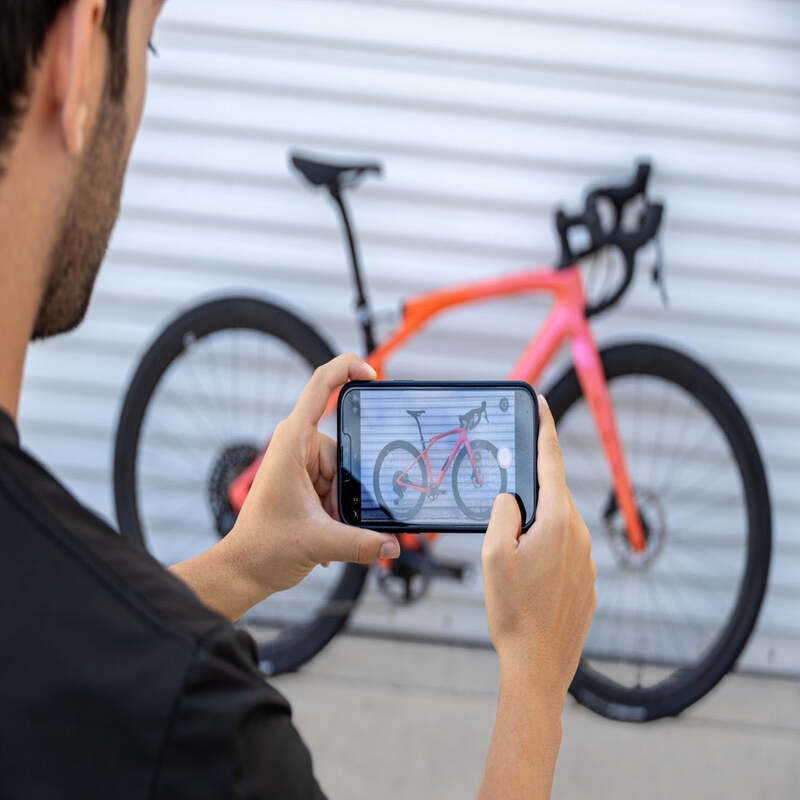
Finalizing the Sale: Best Practices
Once you have agreed upon a price, finalizing the sale is the last step. This process should be straightforward and ensure both parties are satisfied. Two key components to focus on include payment and documentation.
Ensuring Secure Payment
Before handing over your bike, secure payment is essential. Always prefer cash transactions when possible, as they eliminate payment delays. If the buyer insists on using a check or digital payment, proceed with caution.
In the case of a check, confirm that it clears before finalizing the sale. For digital payment options, consider using services that offer buyer and seller protection. These methods provide additional security and minimize risks.
Preparing Necessary Documentation
Gathering necessary paperwork is vital for a smooth transaction. Ensure that you have all ownership documents and any maintenance records. If applicable, fill out a bill of sale outlining the transaction details, including the final price and both parties’ information.
Having these documents ready demonstrates professionalism and reassures buyers. It also lays the groundwork for trust. Once the transaction is complete, celebrate the sale! Enjoy the extra cash and use it to invest in a new bike or other pursuits.
Conclusion: Your Selling Success Awaits
In conclusion, selling your bike for cash is a viable option with several avenues to explore. Local classifieds and shops provide quick cash without a long wait. On the other hand, online marketplaces can connect you with a wider audience. Regardless of the method, preparation is crucial. Cleaning, making minor repairs, and setting realistic prices can significantly affect your sale.
Remember to negotiate effectively, ensuring a fair price for both you and the buyer. Finalizing the transaction securely and efficiently solidifies a successful selling experience. By following this guide, you’ll navigate the selling process with confidence. Soon, you’ll enjoy the benefits of selling your bike and hopefully acquiring a new one. Happy selling!
